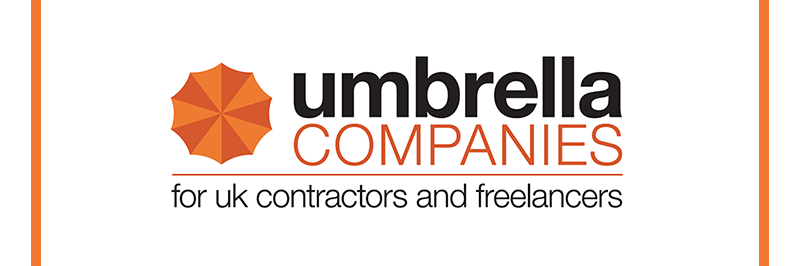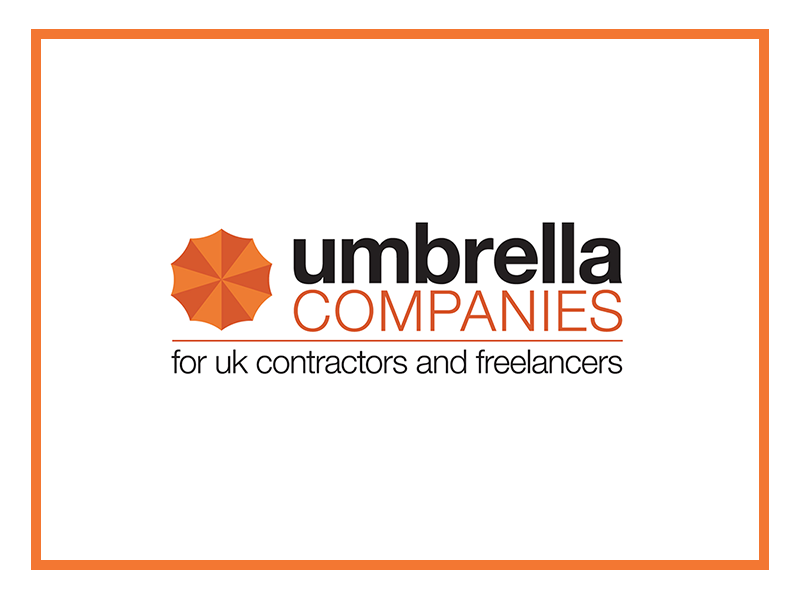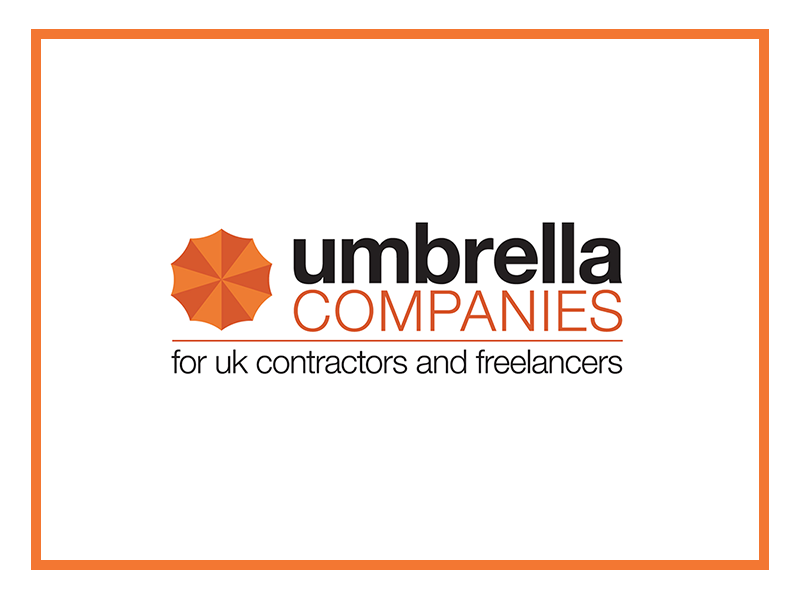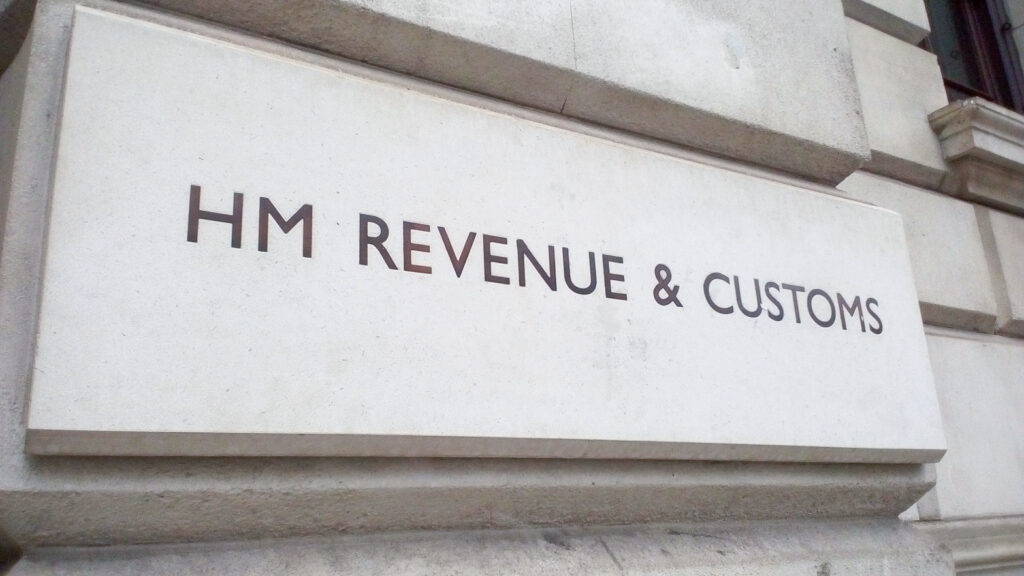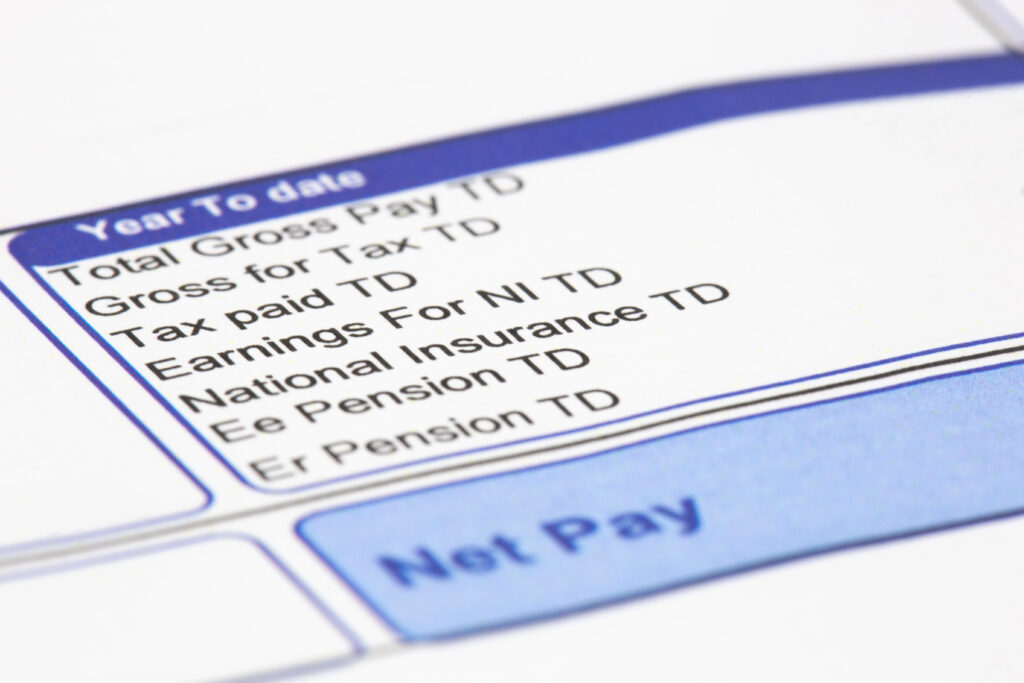One umbrella company-related topic that creates the most confusion amongst contractors, freelancers and recruitment professionals is employment costs. To help explain umbrella company employment costs, what they are, and how they’re calculated, we’ve created a short video available below. We’ve also included the transcript and a link to the new Umbrella Companies YouTube Channel.
Transcript – What are the employment costs when using an umbrella company?
When you contract via an umbrella company, you will complete the work for your end client. When you are due to be paid, your end client will pay your recruitment agency the assignment rate for the week or month. The recruitment agency then pays the umbrella company the assignment rate, and the umbrella company will make several deductions before paying you your net pay.
The assignment rate consists of your gross pay rate and employment costs. As employers, umbrella companies are legally required to pay employment taxes on any income paid to their employees. However, as umbrella companies only charge a small margin, typically between £15-30 per week, they would be operating at a loss if they paid these taxes themselves.
Therefore, the assignment rate paid to the umbrella company by the recruitment agency or end client is different from the rate you are due to be paid, as it includes an uplift for the additional employment costs the umbrella company must pay HMRC. The employment costs are the employer’s national insurance, the apprenticeship levy, holiday pay and employer workplace pension contributions.
By law, all employers in the UK must pay employers national insurance contributions on the salary paid to their employees. Employer national insurance contributions equate to 13.8%, and compliant umbrella companies will only ever deduct this from the assignment rate and will pay it to HMRC.
The apprenticeship levy is a government deduction to fund new apprenticeship schemes in the UK, and all employers in the UK with an annual turnover of over £ million must pay towards this fund. It only accounts for 0.5% and will be taken from the assignment rate.
Holiday pay is calculated at 12.07% of your taxable income. Technically this is not a deduction but a reallocation of funds and comes from the assignment rate. Holiday pay can be accrued and paid in a lump sum at a later date or advanced and paid to you alongside your weekly or monthly salary.
It is a government requirement for any employer to enrol their employees into a pension scheme. However, it is up to you if you remain enrolled or opt-out. If you stay enrolled, pension contributions will be visible on your payslip. The minimum contribution set by the government that you and your employer can pay into your pension is 8% – split into 5% employee and 3% employer. The 3% employer contribution will be taken from the assignment rate.
You must consider the employment costs when negotiating your pay rate for potential contracts and ensure you have received a sufficient uplift.
Umbrella Companies YouTube Channel
We have recently created a new YouTube Channel and have uploaded over a dozen short and helpful videos on important umbrella company topics. Please check it out now!
Top 10 umbrella companies
If you’re on the lookout for a new, trustworthy umbrella company – we can help. We’ve collated our top 10 umbrella companies, and they’re all accredited by the FCSA or Professional Passport. Please check them out now – some have special offers!
